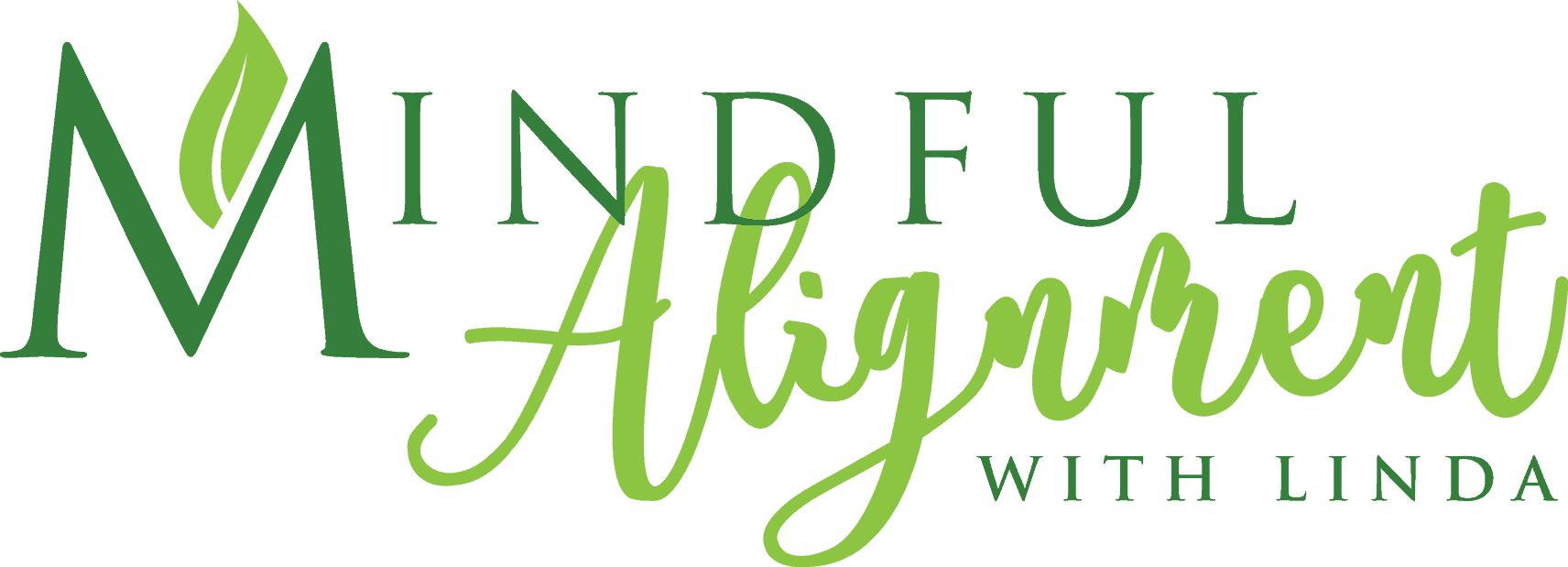The Connection Between Pain and Breathing
It’s as Natural as Breathing…
Breathing is the one system in YOUR body that YOU can control. Most of us give little thought to the process; it just happens without effort. However, breathing is more than inhaling and exhaling. Breathing affects the entire body, and the whole body affects breathing. One thing is clear as we learn more about the Coronavirus, which directly attacks the lungs: YOU need strong and healthy lungs.
Movement is Essential
Breathing is about ‘movement.’ Being able to move other parts of the body influences how well YOU breathe. The flexibility and strength of the different parts of the body influence how well the thoracic cavity can move while breathing. More ‘movement‘ means more oxygen is flowing.
When other body parts get stiff, they are less flexible, thus moving less – – which means less oxygen in your lungs and your vascular system. The body needs oxygen to move and thereby enable energy.
When We Don’t Move
YOU may have had periods when YOUR energy levels seemed low. During these periods, it’s hard to get motivated to do anything, let alone ‘exercise’. The less we exercise, the weaker and stiffer our bodies get. Before we realize it, the muscles needed to move during breathing are moving less. Then, lung capacity is reduced because the space required for the lungs to expand has been reduced. It’s circular, and YOU don’t feel like doing anything much at all!
As well, YOUR bones, muscles, and fascia need to move and, therefore, all must be supple – – not stiff.
Here’s a list of the essential body parts that can either hinder or help with one’s movement to breathe:
- the diaphragm
- the rib cage and the individual ribs
- the vertebrae that interact with each set of ribs
- the intercostal muscles between the ribs
- certain muscles of the head and neck
- muscles of the chest, shoulders, arms, abdomen, and pelvic floor.
What Else is Essential?
A primary example is optimal alignment of the body, especially the spine shoulders and neck. When the head and shoulders come forward, once again, the space needed for the lungs to expand is reduced.
Also, the spine changes shape and becomes misaligned, causing it’s muscles to become tight and painful. Spine flexibility is, therefore, reduced restricting rib cage movement causing the lungs to inflate less. Finally, back PAIN combined with spinal stiffness contributes to less oxygen in the lungs resulting in less energy. So, we see that the foregoing process is circular, as well.
Bottom Line:
In a healthy lifestyle, strength, flexibility, and optimal alignment are good for the entire body and very positively affect breathing.
5 Recommendations for YOU:
- Vary your movements and exercise routine
- Address stiffness and body alignment issues before they may cause chronic PAIN
- Regularly practice breathing exercises
- Take ‘movement breaks’ every 30 minutes during the workday
- Develop body awareness.
Finally … Keep on mov’in with Linda!
Related Articles:
Beyond Calcium: The Power of Yoga for Bone Health
Discover how yoga supports bone health and osteoporosis prevention. Learn science-backed poses that strengthen your skeleton and reduce fracture risk.
The Motivation Paradox: Action is the Catalyst for Healing Back Pain
Discover the Motivation Paradox of Back Pain—why waiting for motivation keeps you stuck and how action is the true catalyst for healing. Learn science-backed strategies to break the pain cycle and reclaim mobility.
Transform Back Pain Anxiety: From Uncertainty to Empowerment
Discover how to navigate pain anxiety with empowerment. Embrace uncertainty and reclaim your healing journey through mindfulness and resilience.
Transforming Your Relationship with Back Pain: A Mindset Revolution
Back pain is more than a physical challenge—it's a profound psychological journey. The real battle isn't just in your muscles and joints, but in your mind. Your thoughts can either be a prison or a pathway to healing. Reframing Your Inner Narrative When chronic pain...





